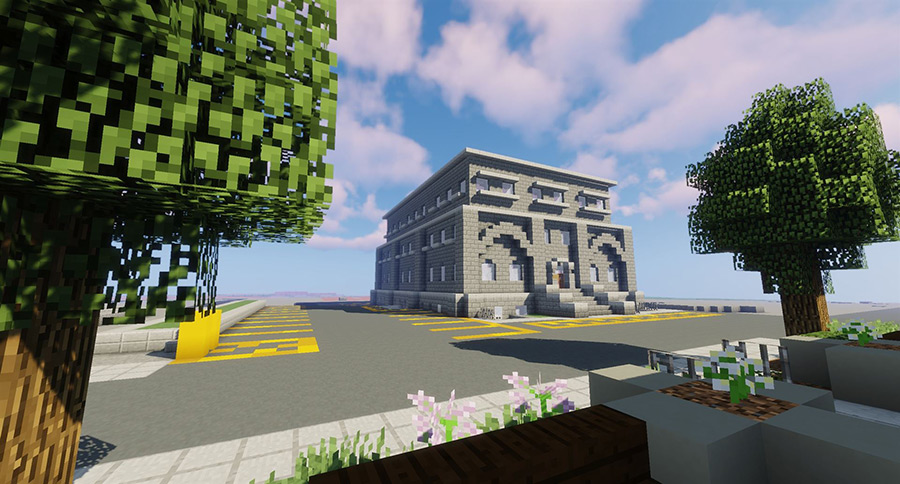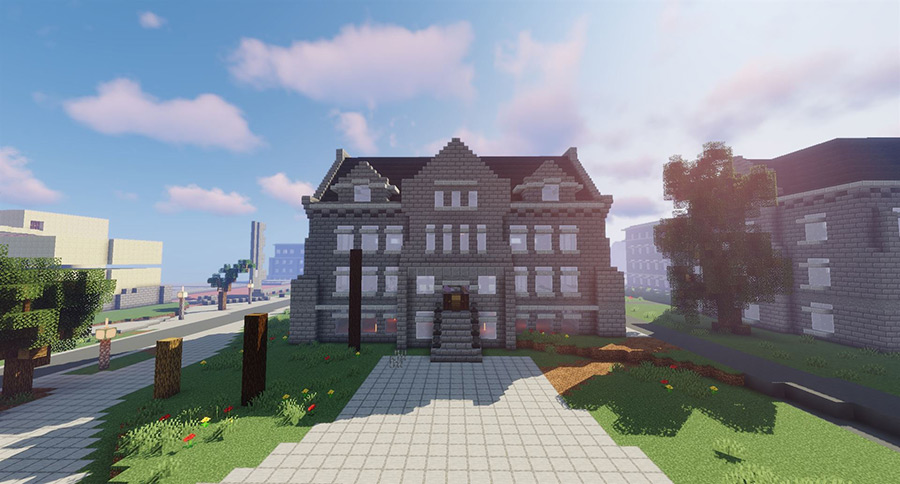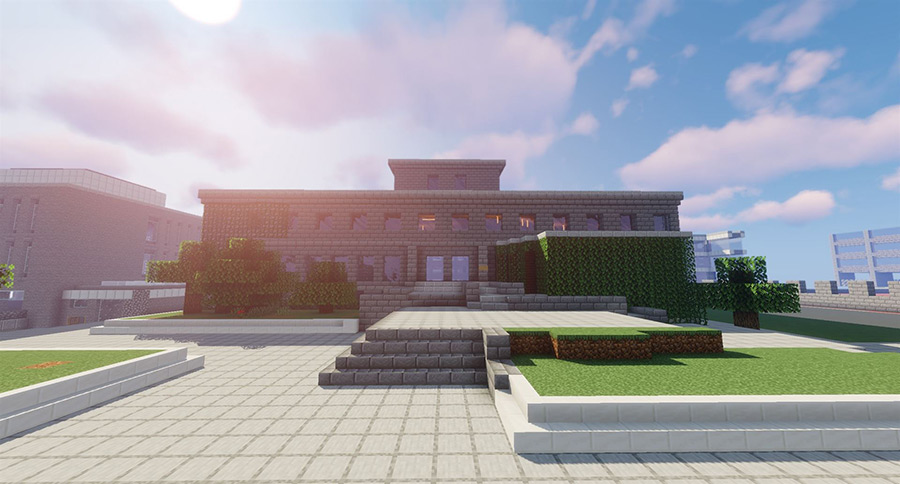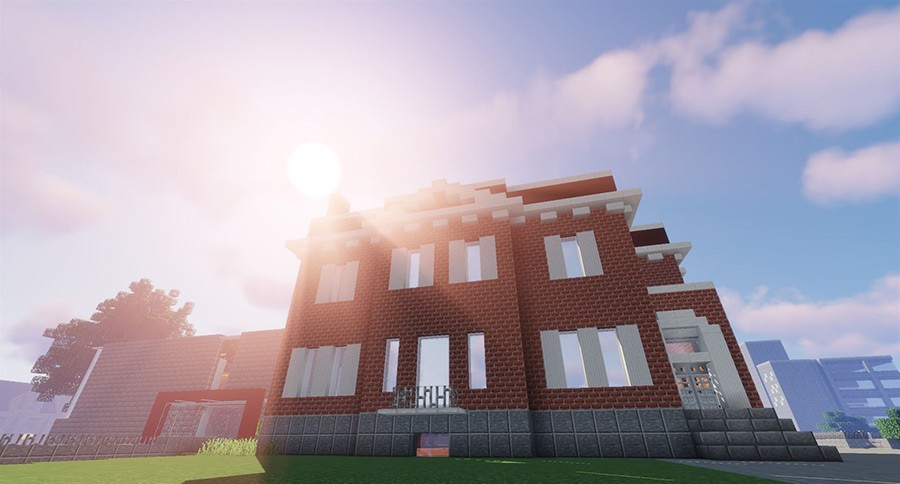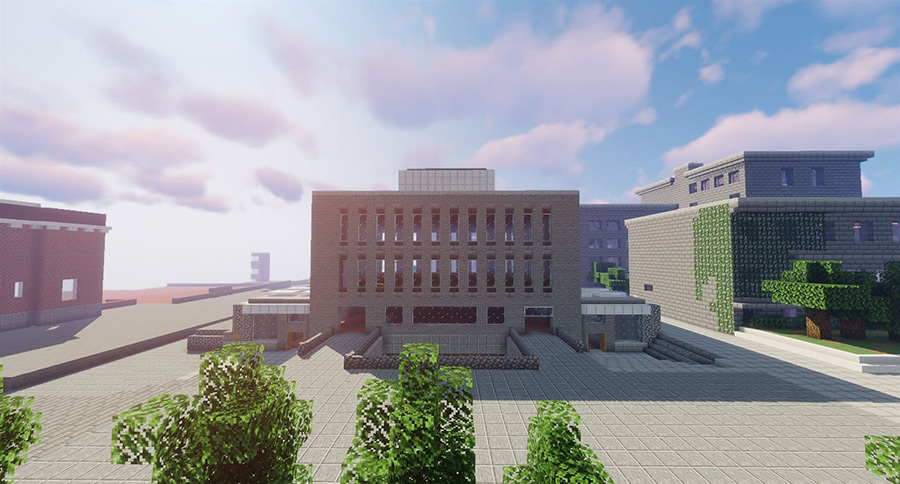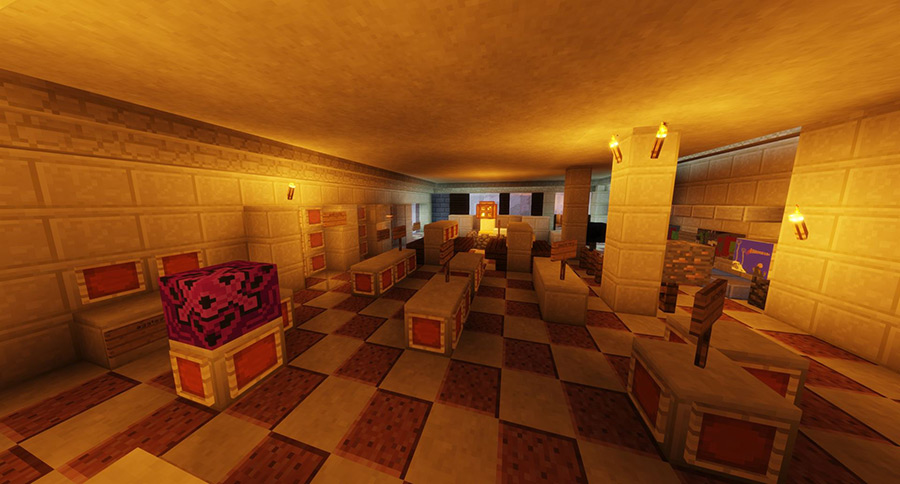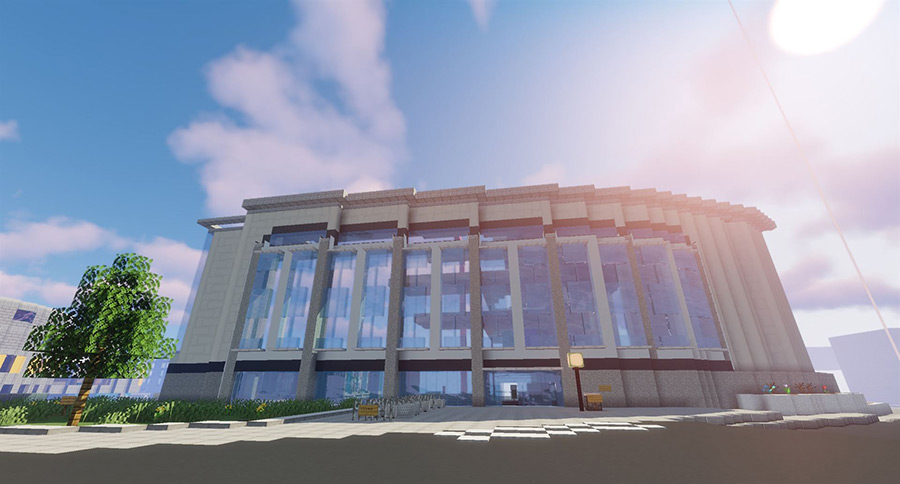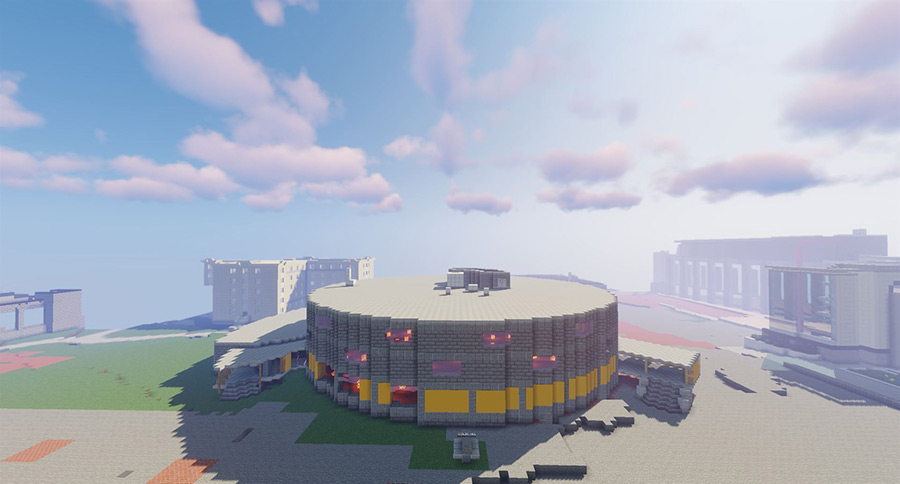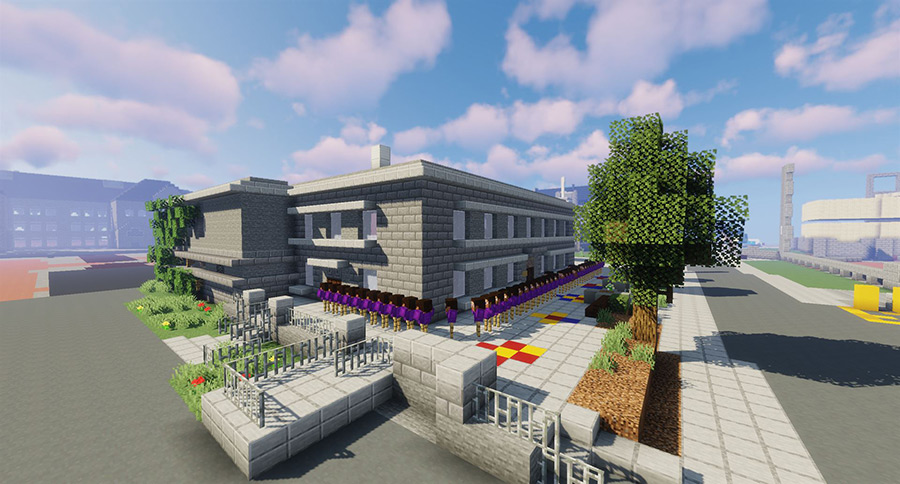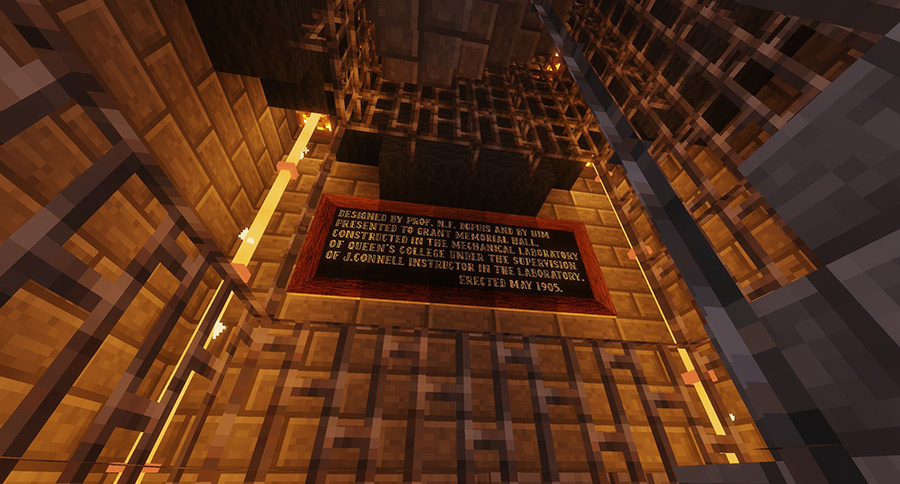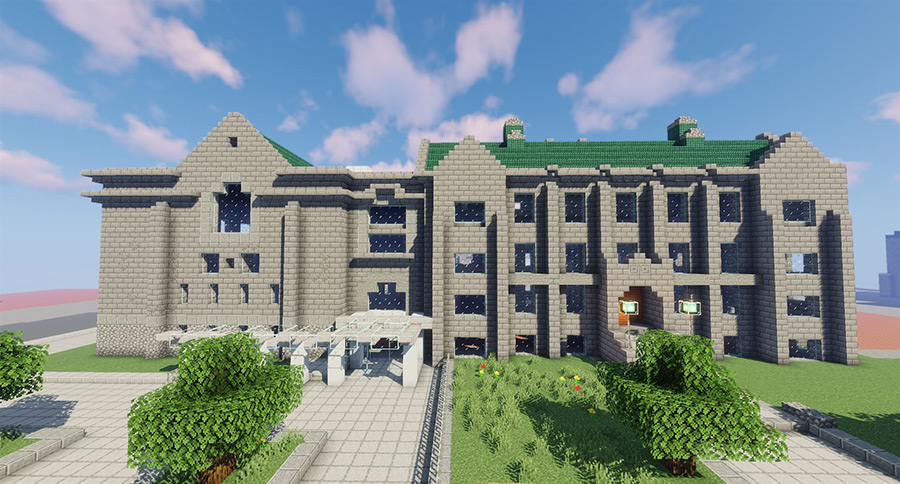Queen’s students may not be able to visit campus physically, but now, thanks to three engineering students, they can experience it virtually through a popular online game: Minecraft.
Minecraft is a first-person 3D sandbox game with no specific goals to accomplish. Players are free to explore worlds, build in 3D, play multiplayer online, and experience different game modes. The game is composed of 3D objects, mainly cubes, known as “blocks” that represent dirt, stone, ore, tree trunks, water, lava, and much more. The core gameplay involves mining and arranging these blocks, as well as combining them to create, or "craft", new items and tools.
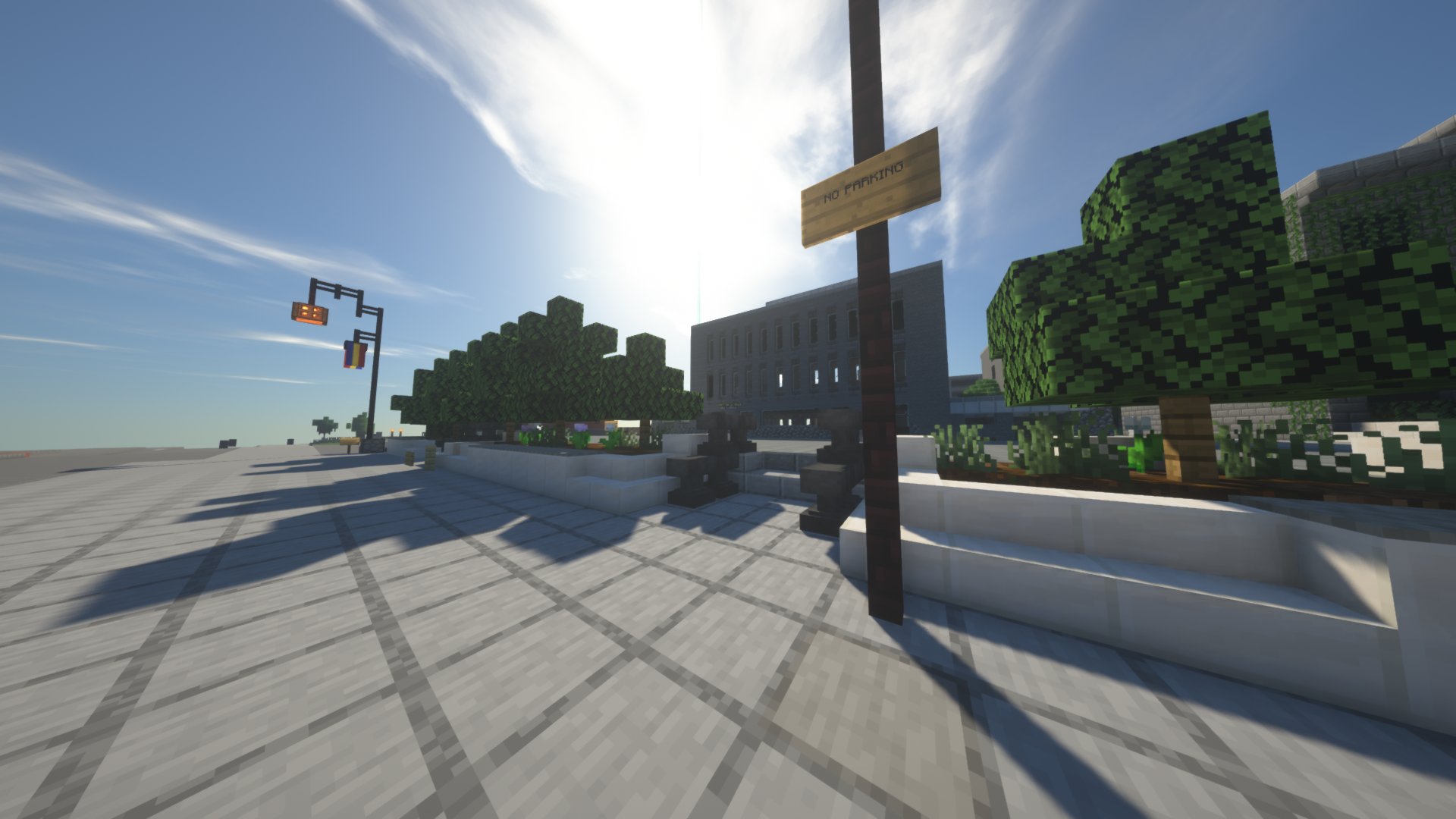
With the ongoing state of emergency due to COVID-19, students have had to finish the semester virtually and graduation ceremonies have been moved to a later date. As part of the graduating class of 2020, Engineering students Vasa Shpatrov, Cooper Harasyn, and Alexander McKinnon decided to recreate a virtual Queen’s campus, inspired by a graduation ceremony held in Minecraft by students in Japan.
“We really wanted to give students a way to experience Queen’s campus without being there physically,” says Harasyn. The team used an existing tool and their programming knowledge to import the layout of the university district and surrounding area (roads, 2D building shapes, elevation, etc.) as a template for building.
The server, which is open mainly for current students, has already had over 100 unique players join, and more than 25 players registered to help build the campus. “Many people are really passionate about building their favourite building(s) and have spent hours working on some amazing builds,” says McKinnon. “Some have even begun building their own student houses in the surrounding university district.”
Shpatrov, Harasyn, and McKinnon have also included a survival world for a more casual experience and have future plans to expand the server to include classic Minecraft mini-games, like hide and seek, and possibly advertise it in September to expand access to the Queen’s community. Shpatrov notes that players can include their year and program on their characters to ‘meet’ their peers. “It’s a great way to relax, and to unite past, present, and future Queen’s students.”
To see their progress, visit this site.
